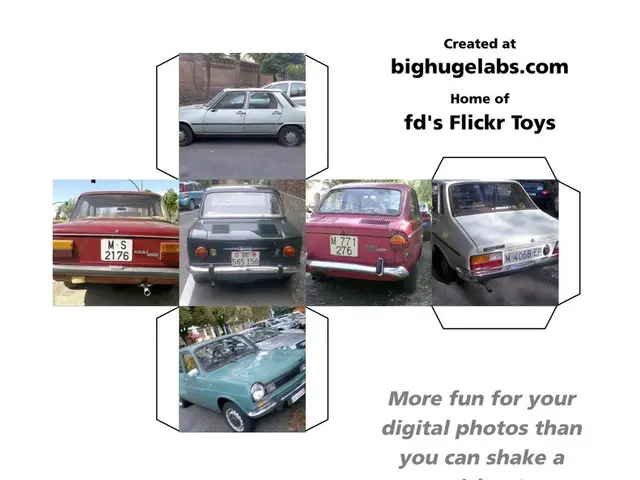Revitalizing Battery Industry through Waste Reutilization Policies?
The Government of India has announced a significant move to bolster domestic recycling of lithium-ion batteries, e-waste, and other mineral-rich waste streams. The new ₹1,500 crore incentive scheme aims to create an annual recycling capacity of 270,000 tonnes and yield 40,000 tonnes of critical minerals every year.
The Indian battery recycling industry, less than five years old, is primarily led by the formal sector due to the need for technology and capital. However, most battery recycling companies in the country produce less than 200 tonnes per annum and stop at producing black mass (battery powder).
Building refining plants for battery recycling requires more capital than venture capitalists can provide. This is where the new scheme comes into play, providing support for both capital expenditure and operating expenditure. Large recyclers can receive up to ₹50 crore, while smaller firms can secure up to ₹25 crore.
The subsidy provided by the scheme is focused on the extraction of critical minerals, with no support for intermediate steps like black mass production. This could potentially encourage companies to scale up their operations and focus on the refining process.
The scheme, under the National Critical Minerals Mission, is spread over six years and aims to attract ₹8,000 crore of private investment. Strategic buyers like Reliance, Tata, Adani, Glencore, or CATL are likely to step in once startups show refining at scale.
The process of battery recycling is hazardous and fire-prone, with small accidents potentially shutting down operations. Despite these challenges, companies like Redwood Materials in the US, with funding of over $3.8 billion, are focusing on making cathode active material and copper foil. Similarly, Ascend Elements, with $1.5 billion in funding, is building large CAM plants.
However, the scheme so far appears to exclude certain companies despite their activity in battery recycling. A search of companies active in the sector in India reveals that those not yet supported by the newly established subsidy program are not specifically named. Umicore in Belgium recycles catalysts, batteries, and e-waste to produce new materials, while GEM in China handles lithium-ion batteries, e-waste, and industrial scrap to produce cathode material and specialty alloys.
India's demand for battery-grade critical minerals is projected to surge from 800 tonnes in FY25 to nearly 2.6 lakh tonnes by 2047. To meet this demand, the scheme should provide a budget for R&D, open not only to recyclers but also to individuals and startups developing specialized technologies.
Krishnan, CFA, is the founder of FineTrain, and Prabhu is the founder of Respose Waste Management. These Indian entrepreneurs, along with Lohum Cleantech, BatX Energies, Metastable Materials, and Mini Mines, have secured venture capital funding for battery recycling.
As the industry grows, Li-Cycle in Canada, once valued at $1.6 billion, is struggling due to cost overruns and technical issues at its Rochester facility. This underscores the challenges in going from lab to market in the battery recycling sector, a challenge that the Indian scheme aims to address.
In conclusion, the new ₹1,500 crore incentive scheme by the Government of India is a significant step towards boosting domestic battery recycling and meeting India's growing demand for critical minerals. The scheme's focus on refining technology and R&D holds promise for the future of India's battery recycling industry.
Read also:
- Reconsidering the Approach to Mountain Height Measurement?
- Lieutenant Governor Kounalakis joins SoCalGas in unveiling the novel H2 Hydrogen Innovation Experience, a one-of-a-kind demonstration.
- Making electric vehicles a priority key to eliminating pollution in Delhi: Chief Minister Gupta
- California links 100,000 home storage batteries through its Virtual Power Plant program.








